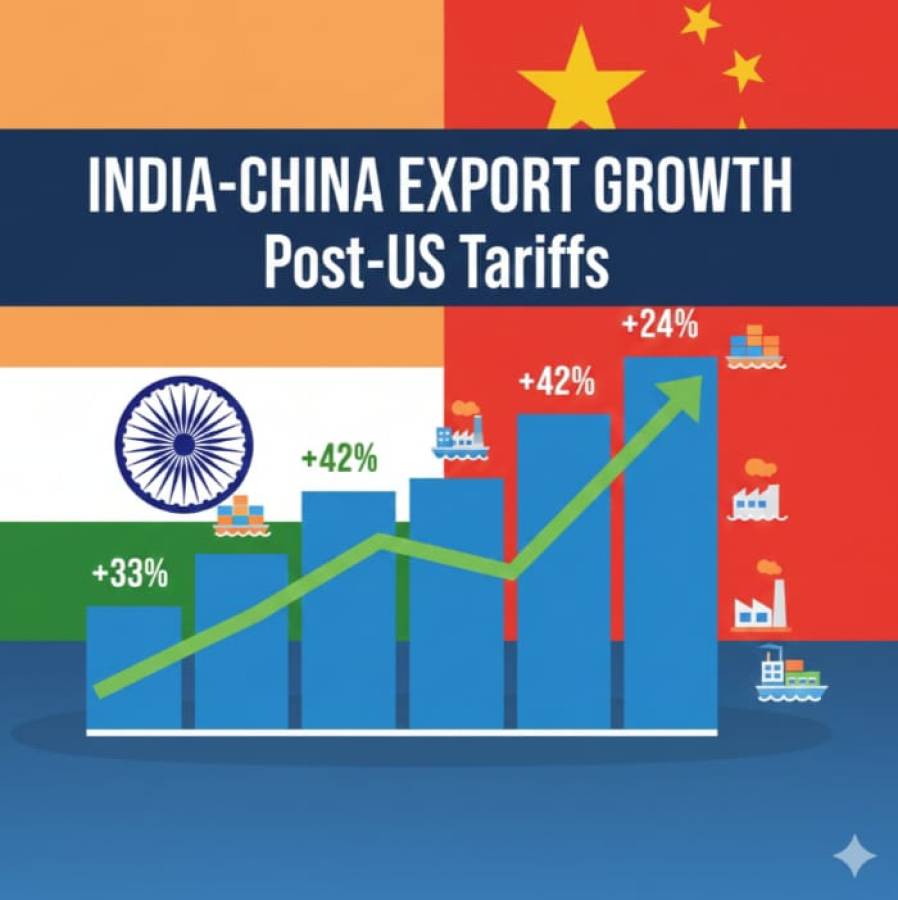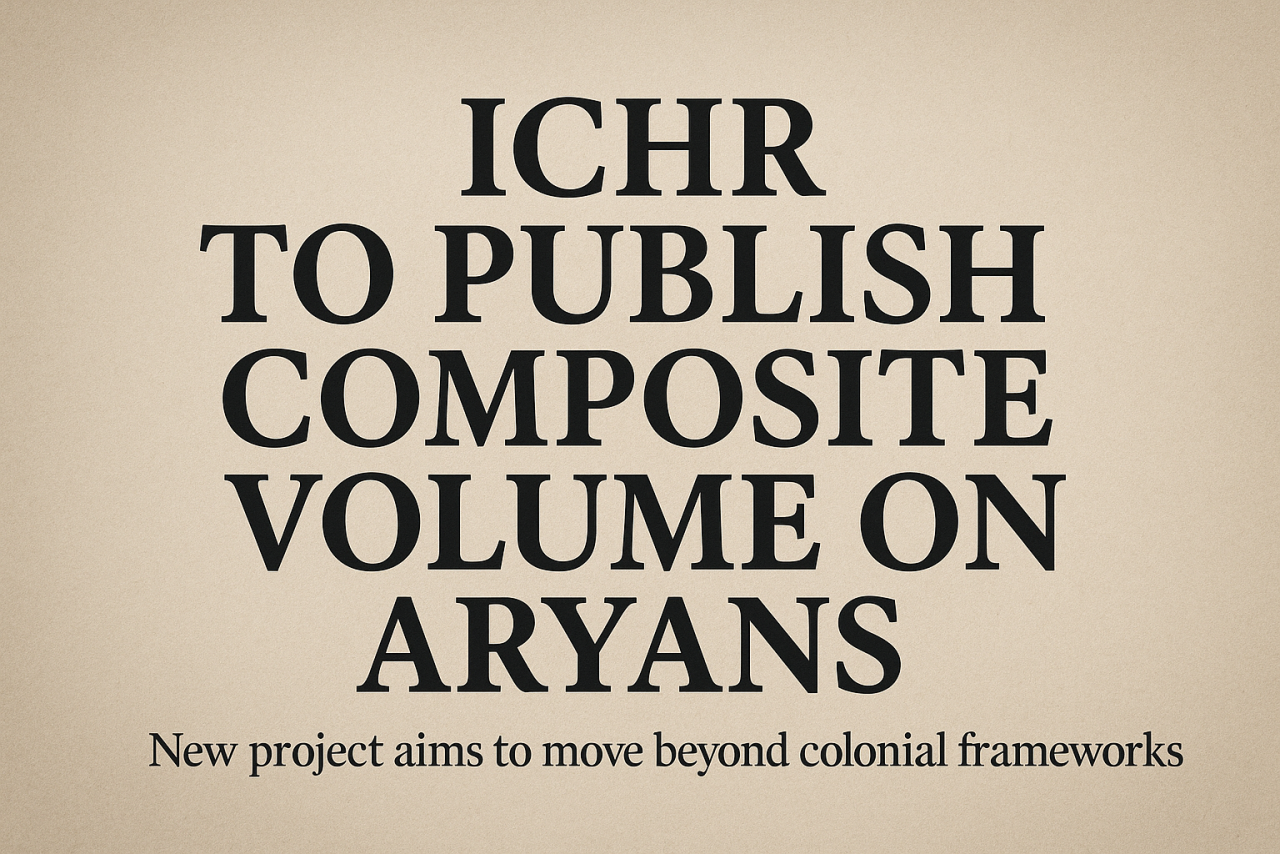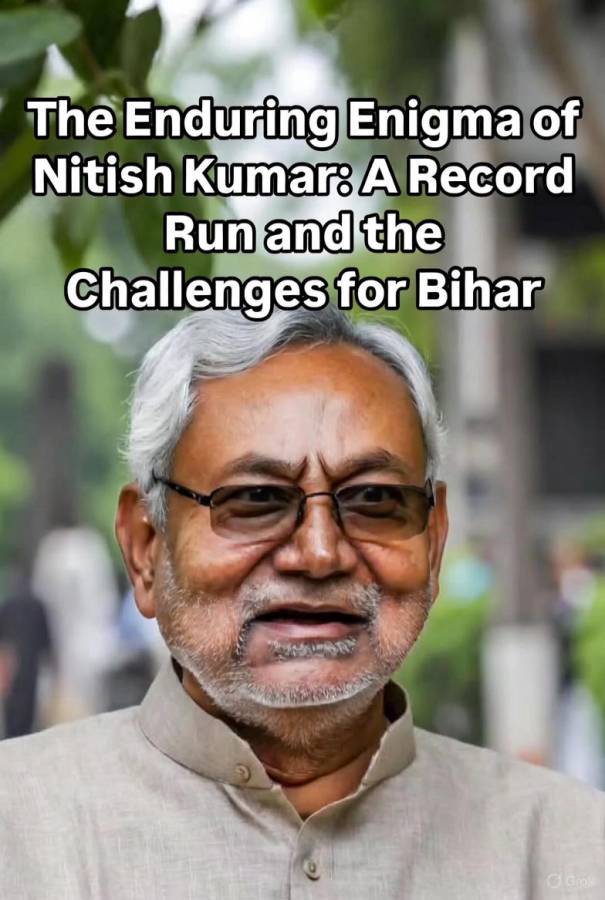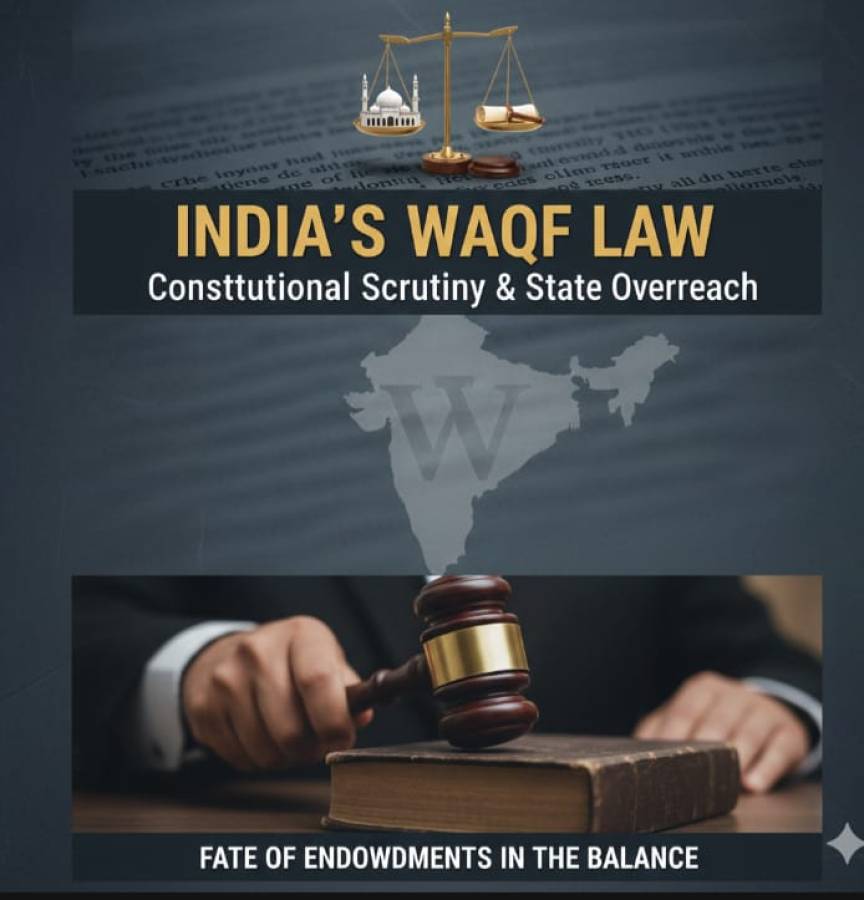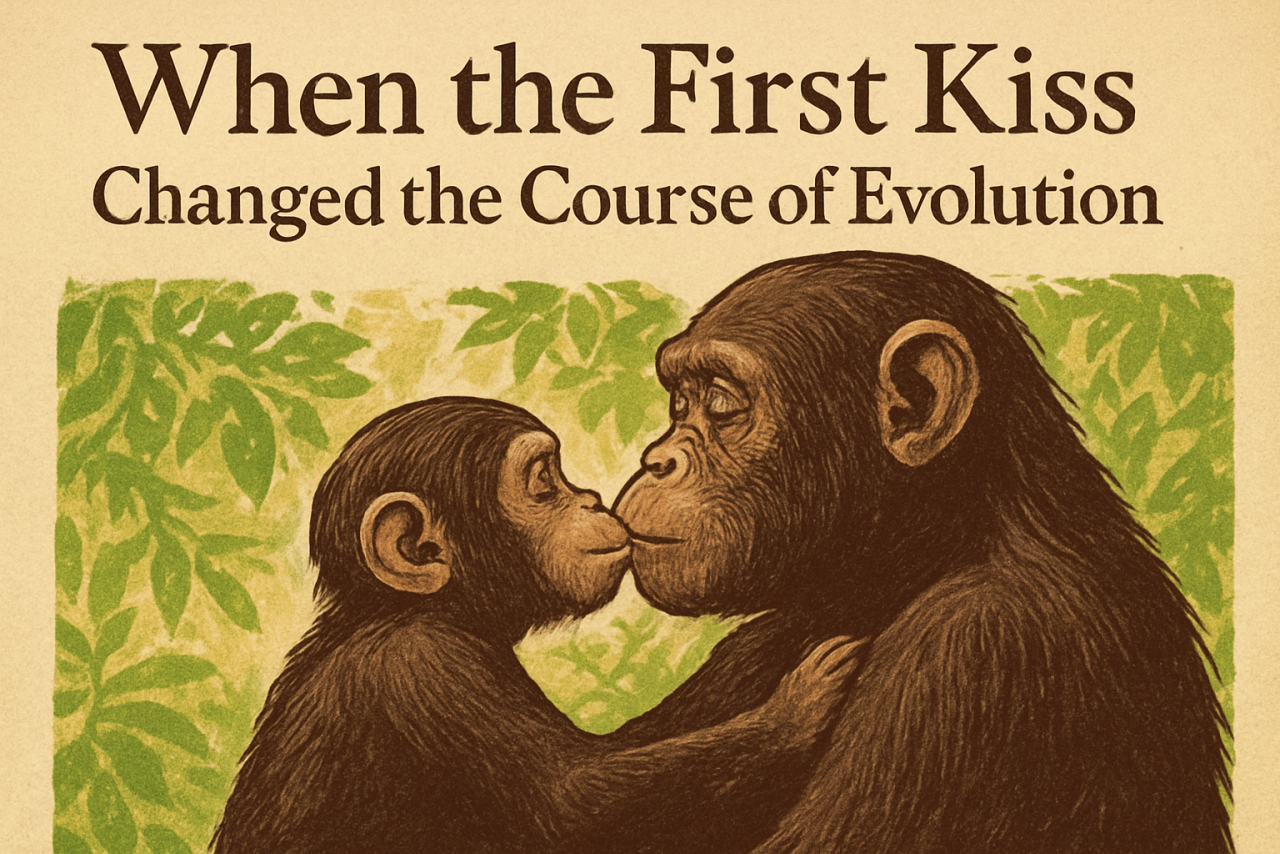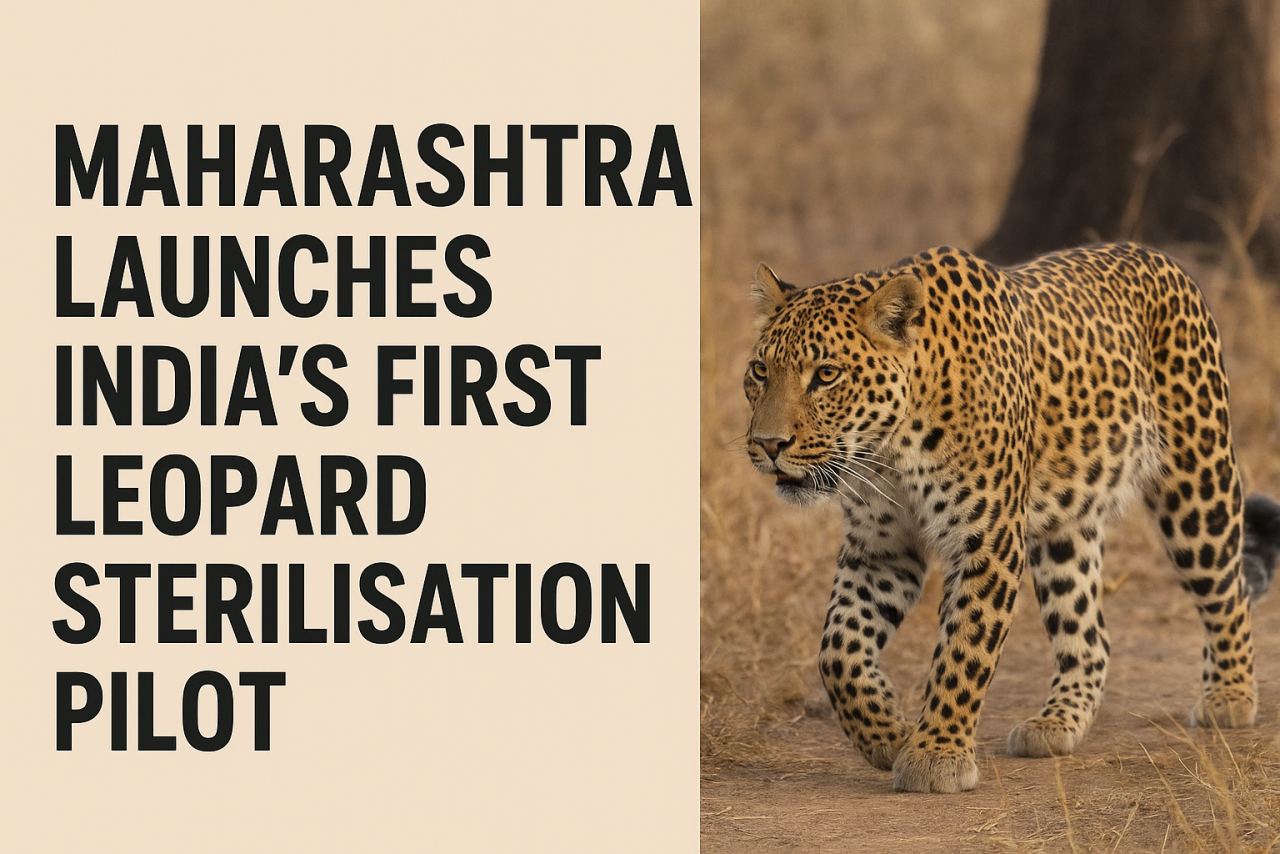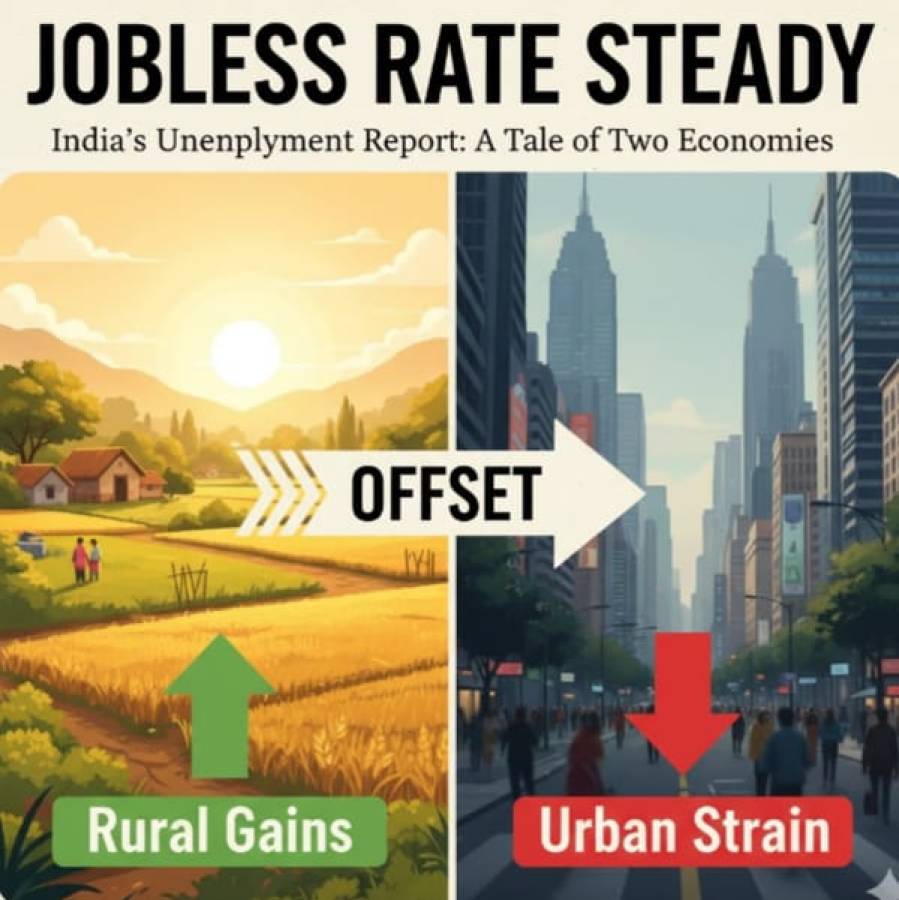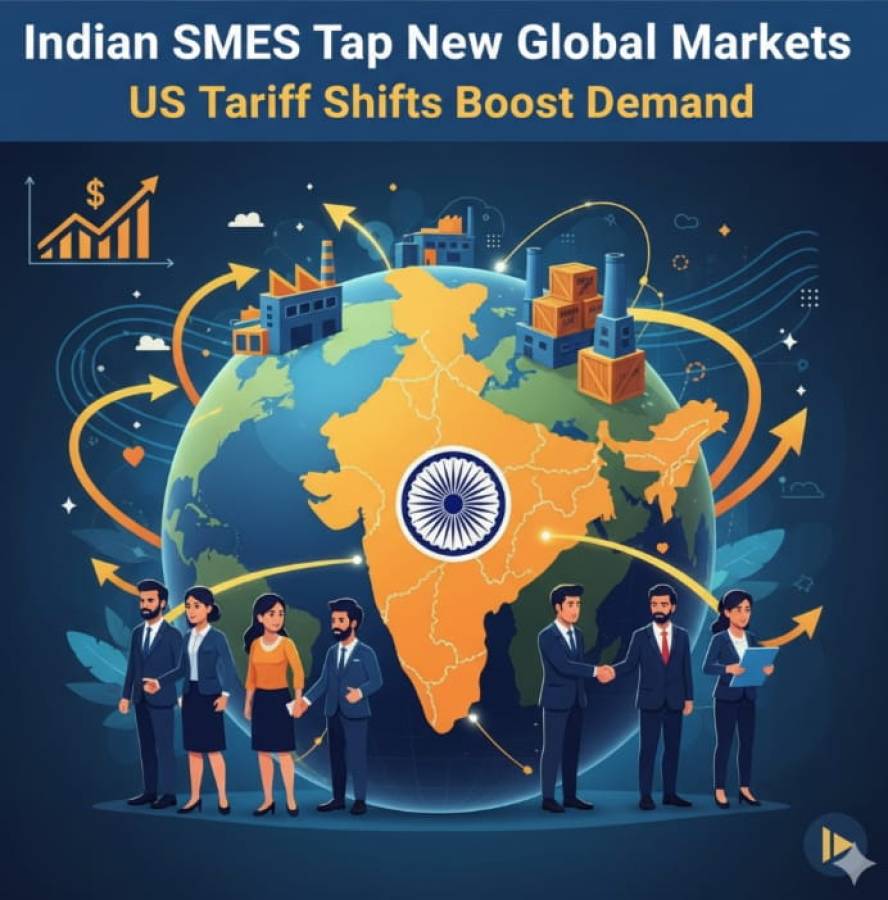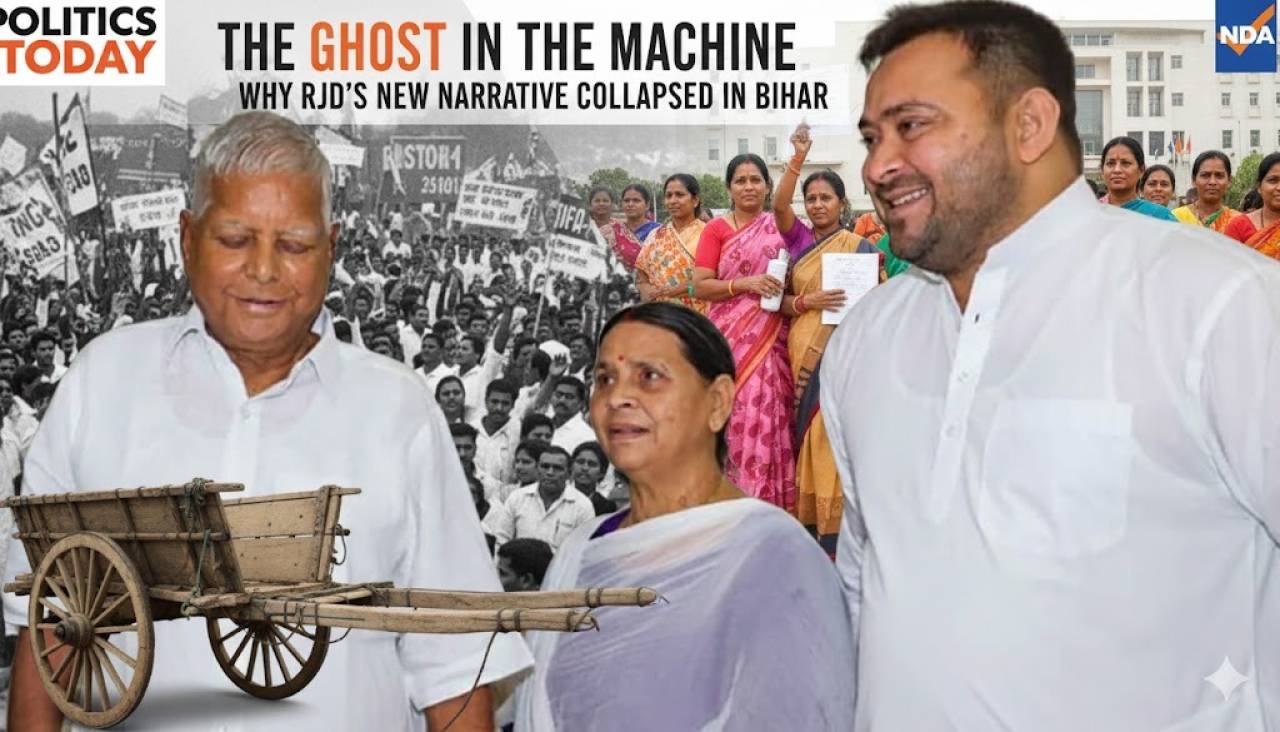
In recent decades, Hindu nationalism, once seen only as a political force within India, has expanded far beyond its borders. Today, it influences the identity and political choices of many Indians living abroad. But how did a movement that began in post-colonial India grow into a global network reaching Indians in the UK, US, Australia, and more? The answer lies not just in ideology, but also in careful planning, historical roots, emotional connection, and digital technology.
A 2023 book by historian Edward Anderson, Hindu Nationalism in the Indian Diaspora: Transnational Politics and British Multiculturalism, explores this growth in depth. In an interview on the podcast Grand Tamasha, Anderson described “Global Hindutva” not as a sudden wave of cultural pride, but as a well-planned international outreach. According to him, many Hindu nationalist ideas found abroad come from organized efforts by political and cultural groups based in India.
Hindu nationalism, also called Hindutva, focuses on the cultural unity of Hindus worldwide. It differs from Hinduism, which is a religion, by promoting Hindu values as the center of national identity. The Rashtriya Swayamsevak Sangh (RSS), founded in 1925, was among the earliest groups to promote this idea. Since India’s independence in 1947, the movement has grown stronger and become a powerful part of Indian politics through the Bharatiya Janata Party (BJP), which currently governs India.
The story of Hindutva’s global rise starts in Britain. In 1966, the RSS set up its first overseas branch in London. Today, the RSS’s international wing, the Hindu Swayamsevak Sangh (HSS), operates in over 40 countries, including the United States, Canada, Australia, and several nations in Europe and Asia. The HSS runs nearly 150 weekly shakhas (meetings) in the United States alone, involving over 5,000 active volunteers, according to 2022 data from the group’s annual report.
Events in India helped shape this growth. For instance, during the Emergency declared in 1975, when the Indian press was heavily censored, young RSS workers such as Narendra Modi helped send publications abroad to keep the diaspora informed. These efforts ensured that the Indian community overseas remained linked to nationalist ideas even when the flow of information within India was restricted.
While some believe Hindu groups outside India are grassroots organizations formed by local communities, others say they are closely tied to Indian institutions. Anderson suggests that the truth lies somewhere in between. Local volunteers often lead the work, but there is strong evidence of coordination, especially in the sharing of messaging, slogans, and funding patterns.
Supporters of Hindutva in the diaspora often play a more active role than Indian embassies or cultural bodies. In the 2019 Indian general elections, for example, BJP overseas supporters organized over 200 events in the US and UK, including phone banks that reached out to voters in India. According to a report by the Overseas Friends of BJP (OFBJP), over 30,000 diaspora Indians participated in campaigns abroad during the 2019 elections.
The Indian diaspora is large and growing. According to the Ministry of External Affairs, India has the world’s largest diaspora with over 32 million people of Indian origin living in more than 200 countries. Among them, nearly 4.5 million live in the US, around 1.8 million in the UK, and over 700,000 in Australia. These communities are politically active, and Hindu nationalist organizations have tapped into this energy by holding rallies, funding drives, and cultural events that also carry political messages.
Anderson points out that in cities like New York, London, and Sydney, pro-BJP rallies and community events have become common. However, not all diaspora groups agree. While some Hindu organizations present themselves as cultural and neutral, others align openly with Indian politics. This difference sometimes leads to tension, especially when topics like caste discrimination or religious intolerance in India are discussed in global forums.
Technology has also played a major role. WhatsApp groups, YouTube channels, and local language podcasts now connect people across borders. In 2024, researchers found that over 1.2 million diaspora Indians were part of digital communities that regularly shared political content related to India. These platforms allow speeches, campaign videos, and news to travel instantly from Delhi to Dallas or Mumbai to Melbourne, creating what some scholars call a “virtual homeland.”
However, this expansion has its critics. Some scholars argue that the global spread of Hindu nationalism makes diaspora politics more divided. They say it can leave out non-Hindu voices and create a narrow view of Indian identity. Supporters disagree. They see it as a way for Indians abroad to reclaim cultural pride and stand up for their heritage in countries where they once faced discrimination.
The global rise of Hindu nationalism is not simple. It is shaped by migration, political strategy, personal identity, and community leadership. Whether seen as a carefully managed effort or a natural reaction to global challenges, this movement has changed the way many overseas Indians connect with India. The story of Hindu nationalism is no longer just about temples in India. It now includes cultural events in London, election campaigns in New Jersey, WhatsApp forwards in Singapore, and podcasts like Grand Tamasha. It is a story still unfolding on a global scale.


